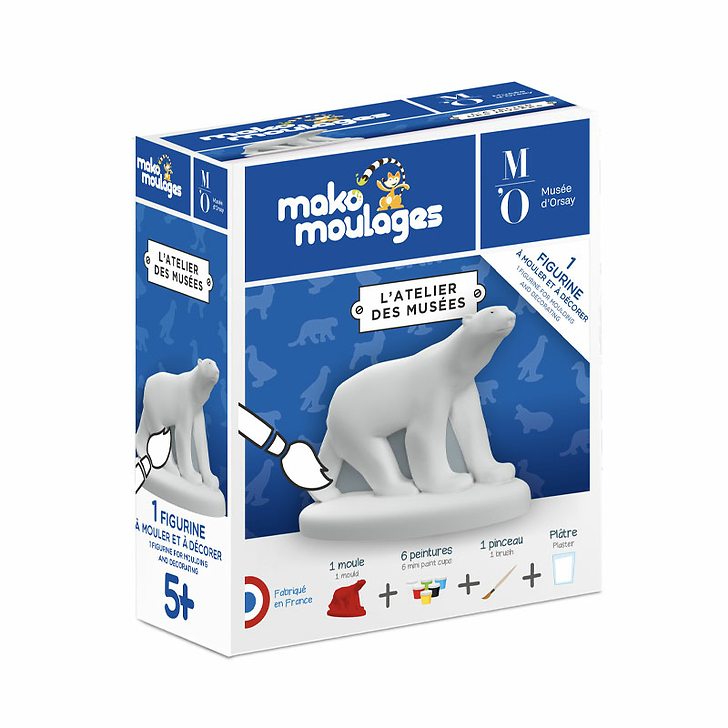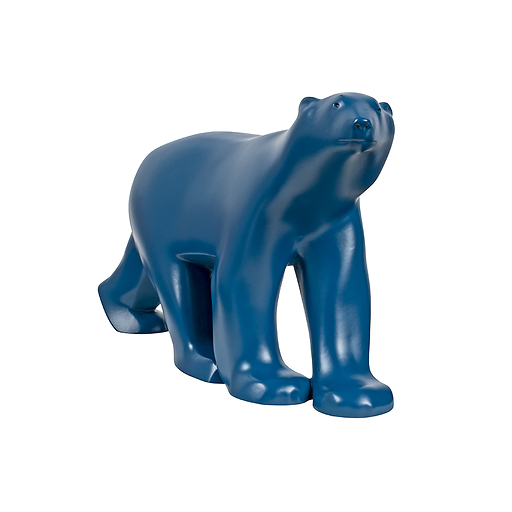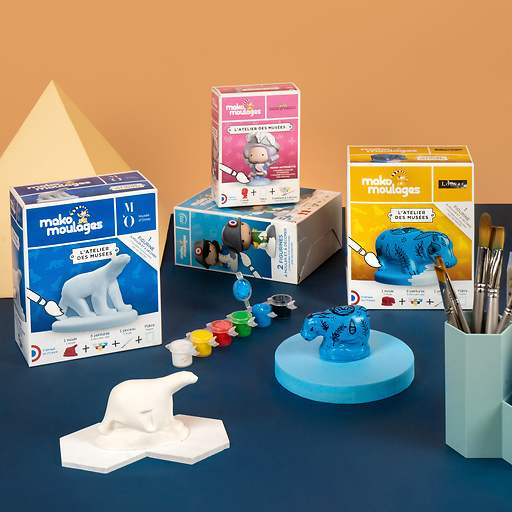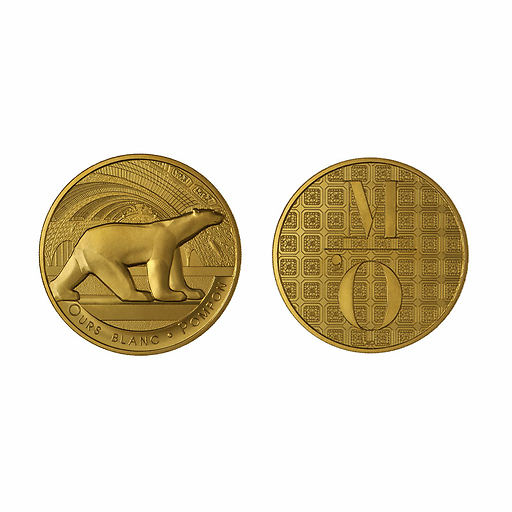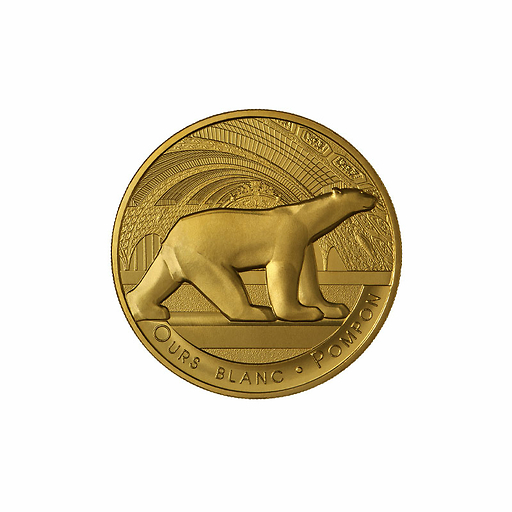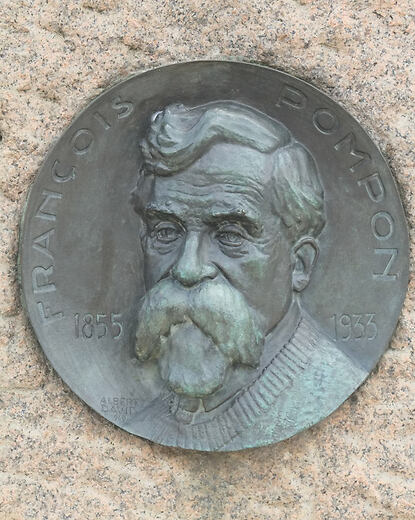Figurine for moulding and decorating The Polar Bear - Mako Moulages
CJ400064
Sold by Réunion des Musées Nationaux
Characteristics
- Museums
- Musée d'Orsay, Musée de Grenoble, Musée des Beaux-Arts de Lyon
- Artist
- François Pompon (1855-1933)
- Art movements
- 20th century, 19th century, Art Déco
- Age
- 7/8 ans
- Theme
- Animals
- Reference
- CJ400064
- EAN
- 3336729180493
- Matière de l'article
- Plaster
- Model dimensions
- 8cm
- Conservation museum
- Paris - Musée d'Orsay

